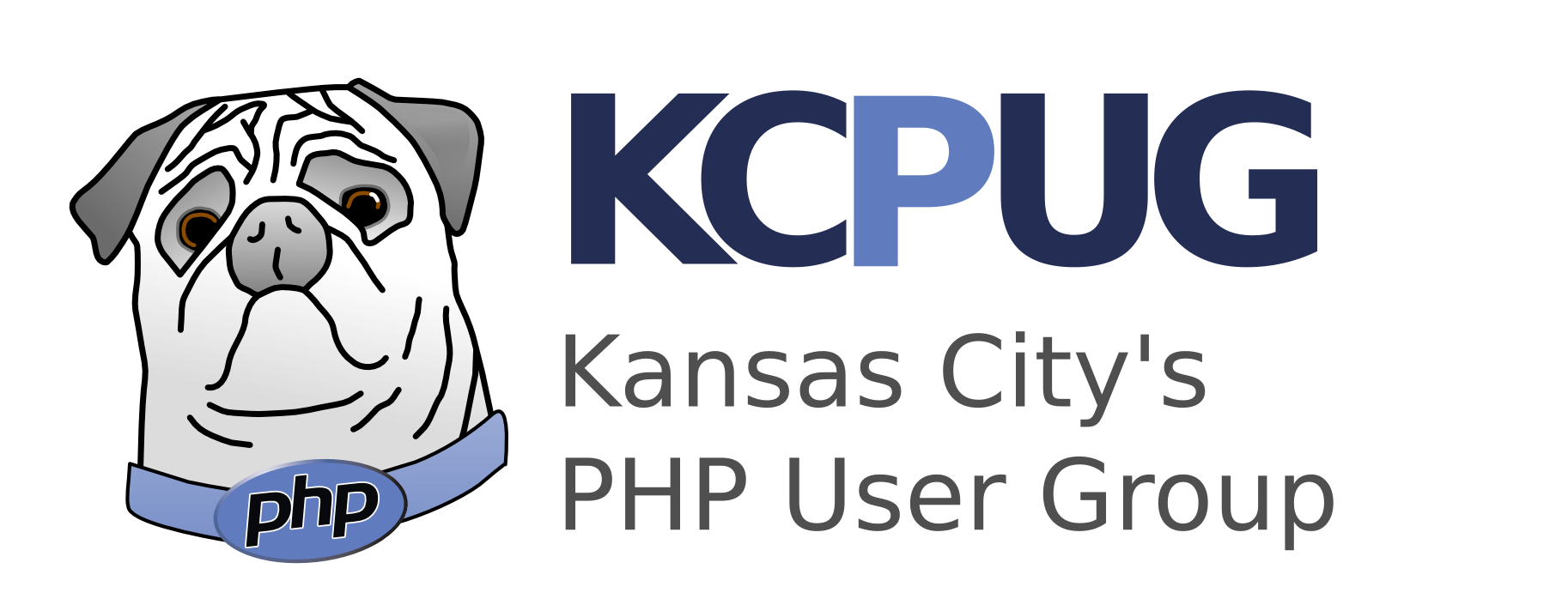http://www.thephpgrind.net/2006/06/08/get-real-about-php4-vs-php5/
Now, some of us are at the mercy of our web hosts, and some of us need to test our code on PHP5 before cutting away from PHP4. [url=http://www.wampserver.com/en/]WAMP[/url]’s latest release uses PHP 5.1.4 (the latest release of PHP) for Windows, and several similar “packaged installs” of Apache/MySQL/PHP exist for other platforms. These are especially useful if you want to get a miniature install going on your desktop to help you make the change to PHP5.
I thought it was an interesting article. I wasn’t aware that so many big names in the web app industry were actually telling customers to hold off on using PHP5.
